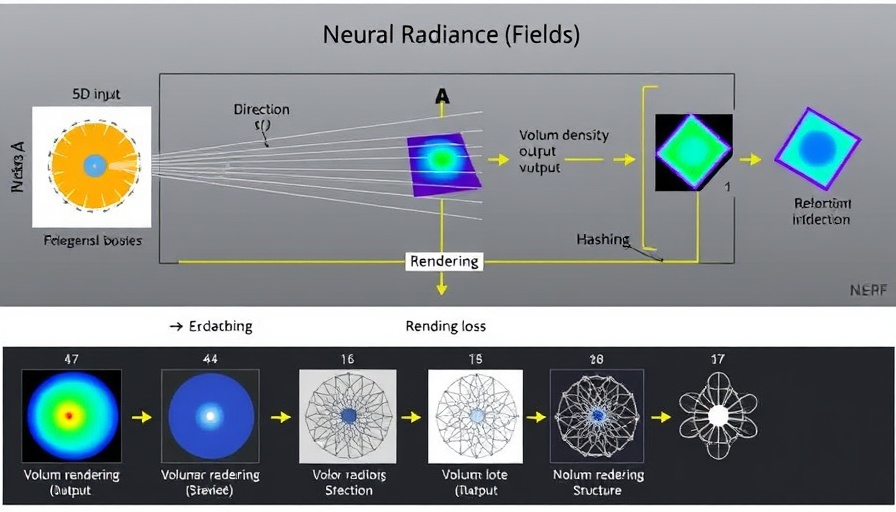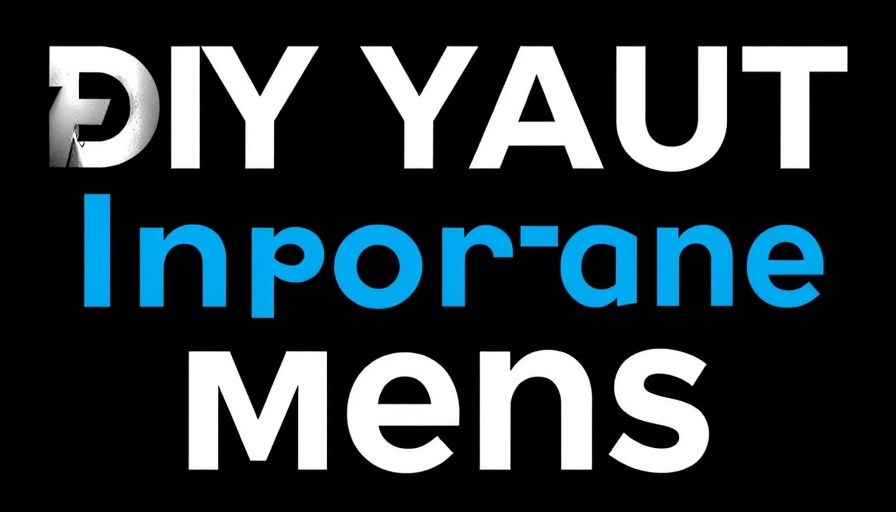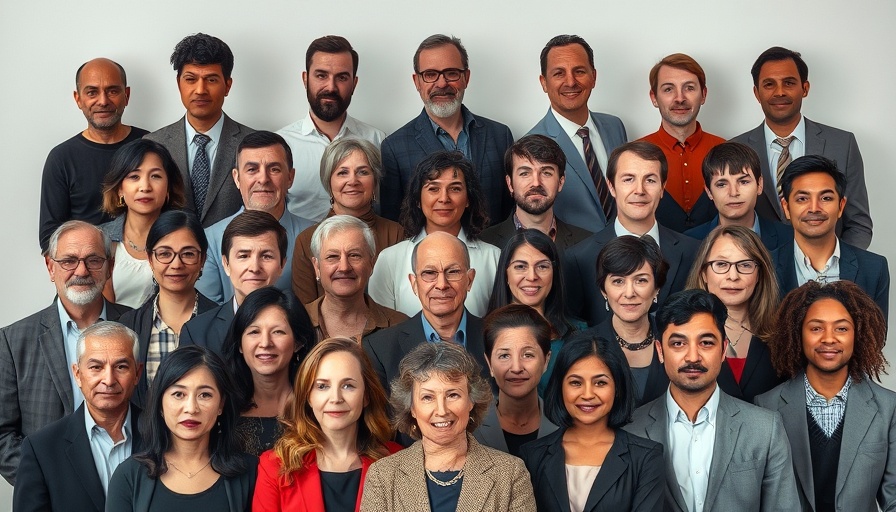
Understanding Neural Radiance Fields: The Future of Graphics
Neural Radiance Fields (NeRF) is a groundbreaking technology that enables the creation of highly detailed 3D scenes from 2D images using deep learning algorithms. With the surge of interest in artificial intelligence (AI), NeRF signals a transformative leap in the realm of computer graphics, offering potential applications ranging from virtual reality to gaming and beyond.
How NeRF Works: The Mechanics Behind the Magic
At its core, NeRF leverages machine learning to learn the color and density of points in space, creating a scene representation that can be rendered from any viewpoint. This process involves training a neural network, which analyzes multiple 2D images taken from different angles, learning how to interpolate and create a 3D view. The rise of instant neural graphics primitives further enhances this, allowing rapid rendering and interaction in real-time.
Applications of NeRF in Simplifying Complex Visuals
The implications of NeRF are vast, enriching industries such as video game development and film production, where vivid realism is essential. For small businesses, understanding and adopting this technology can open doors to immersive marketing strategies and customer engagement approaches. By presenting products in a 3D space, companies can offer consumers a novel shopping experience that enhances decision-making.
Conclusion: Embracing the Future of AI in Graphics
As NeRF continues to evolve, its integration into everyday technology is inevitable. For businesses ready to invest in this innovation, the potential returns could be substantial. Future-proofing with tools like NeRF may not just be an option but a necessity for staying competitive in an increasingly digital landscape.
 Add Row
Add Row  Add Element
Add Element 



Write A Comment